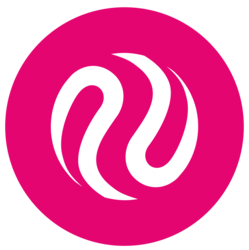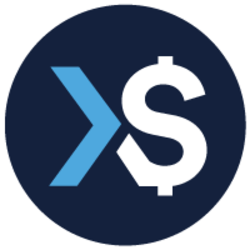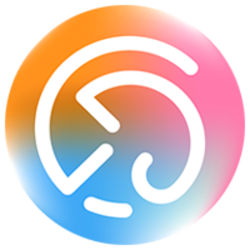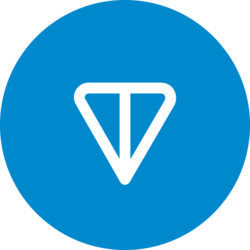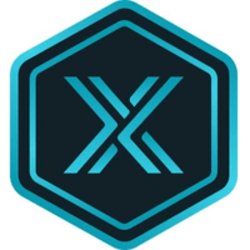Consider these factors when deciding which programming language to learn next, and explore programming languages that can help you become an application developer. In this article, you’ve learned how to set up the Kotlin Multiplatform environment and build a shared UI using Compose Multiplatform. Although the Kotlin Multiplatform ecosystem is still in its early stages and has room for growth, its biggest advantage is that Android developers can easily get started Senior iOS developer job with it since it’s all built in Kotlin. This familiarity makes it an accessible option for developers looking to explore cross-platform development while leveraging their existing skills. We’ve already discussed that Kotlin Multiplatform focuses on sharing business logic, not UI, which means you cannot directly write a shared UI for different platforms by default.
Maintainable Gradle Scripts for Multi-Module Android Projects
To make your application work on both iOS and Android, you’ll first make your code cross-platform by moving some of it to a shared module. After that you’ll use your cross-platform code in the Android application, and then you’ll use the same code in a new iOS application. By understanding Kotlin’s features, developers can streamline their iOS app development projects effectively. When it comes to cross-platform app development, Kotlin has garnered Programming language implementation significant attention. While it’s widely known for Android development, developers often ask, is Kotlin used for iOS? This article explores Kotlin’s compatibility with iOS, its features, and its role in modern iOS app development.
Implementation Guide
This means teams can achieve near total code reuse across platforms — both the underlying logic and the UI — accelerating time-to-market while still delivering a native-quality interface. For example, one of the supported libraries, the Room database library, supports both Android, iOS & Desktop. This allows you to port the database creation and related database logic to a common KMP shared module while preserving the other native code on both platforms. C++ is a flexible back-end language used for creating applications, embedded systems, and more. C++ allows you to create fast, lightweight programs and can also handle more powerful solutions, like extracting data from large data sets.
Link the shared library in the iOS project
You can update the business logic in the shared module and see results on both Android and iOS. Kotlin Multiplatform allows developers to share logic across Android, iOS, and other platforms, ensuring consistency and reducing redundancy in iOS app development. With one shared codebase, updates and bug fixes are quicker and less error-prone, especially when integrating services like Kotlin Web Dev and Kotlin application development services. The database name and package name must match with what we have defined in the sqldelight block in shared/build.gradle. SQLDelight uses this file to generate code corresponding to the provided queries at ~/shared/build/generated/sqldelight.
- The iOS team’s buy-in is easier to achieve nowadays, and this article aims to share a few techniques to make that process even smoother.
- LogRocket’s Galileo AI watches sessions for you, instantly identifying and explaining user struggles with automated monitoring of your entire product experience.
- Mobile engineers use cross-platform mobile development frameworks to build native-looking applications for multiple platforms, such as Android and iOS, using a single codebase.
- We’ll build a sample Swift UI application that encrypts, stores, and decrypts data.
- Compare Jetpack Compose 3.0 and SwiftUI 5 for sharing UI code across platforms with practical examples and performance insights.
In fact, KMP can encourage tighter collaboration between the Android and iOS teams. They can brainstorm the shared model and business logic together (in Kotlin), and then implement the platform-specific UI in parallel. This often leads to better overall architecture and knowledge sharing across the team.
- For Android, the shared code is just Kotlin (which is already a first-class language there).
- JetBrains is investing in AI models tailored for Kotlin, providing open data, benchmarks, and AI-native tooling integrated into your workflow.
- You can adopt it partially or fully on your timeline, and you’re never more than one step away from the native path if requirements change.
- Equipped with code sharing and modern UI tools, teams adopting KMP can deliver new features and apps faster than ever.
- Therefore, if Swift or Objective-C code calls a Kotlin method that throws an exception, the Kotlin method should be marked with the @Throws annotation, specifying a list of “expected” exception classes.
- I’ll use a sample project based on the Magic card game, to illustrate these approaches and apply the same architectural decisions.
Real-World Success with KMP
Learn how Kotlin Multiplatform 2.0 enables developers to share up to 95% of code between iOS and Android applications, reducing development time and costs. Of course, a key question for a cross-platform UI framework is to which degree elements should mimic the look and feel of its target platforms. At the current stage, the JetBrains team has not yet made any decisions about providing native or common-looking UI elements.

